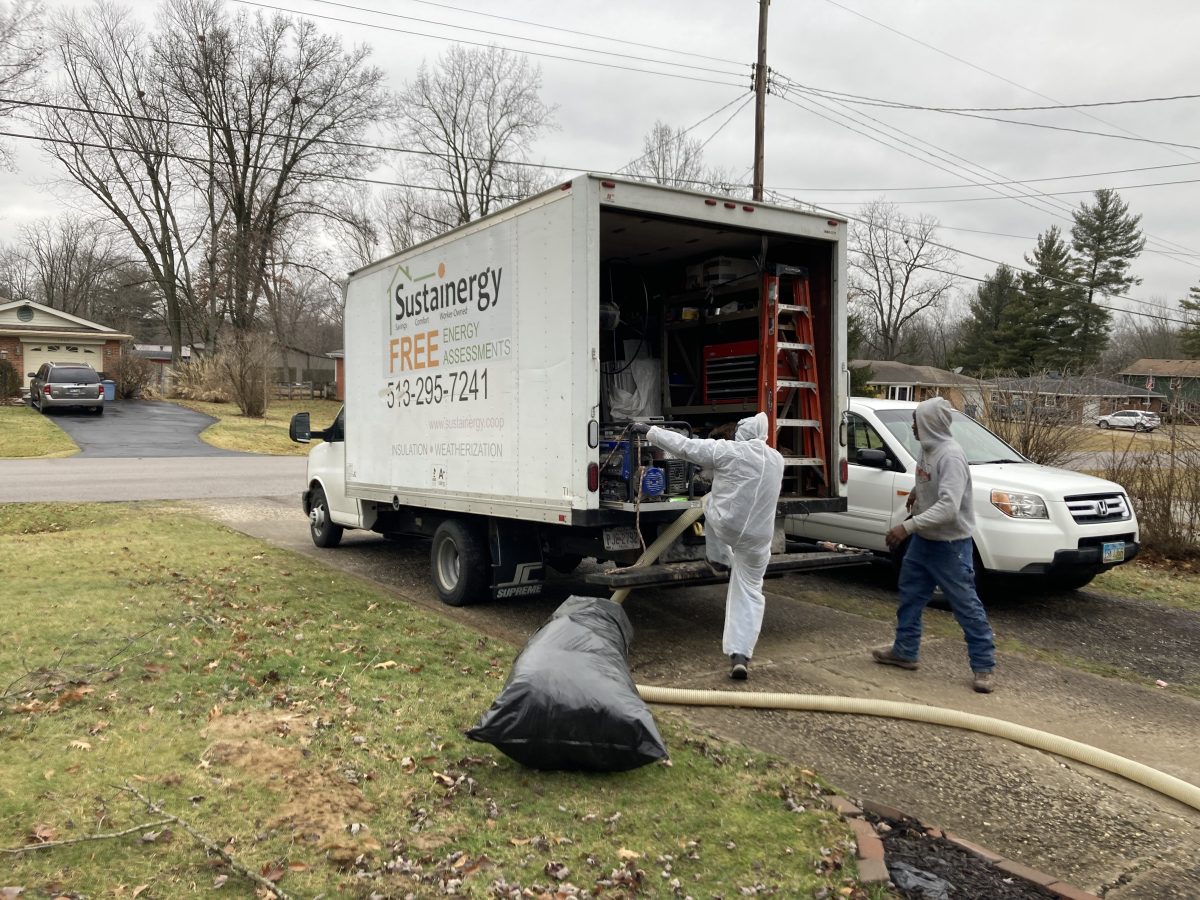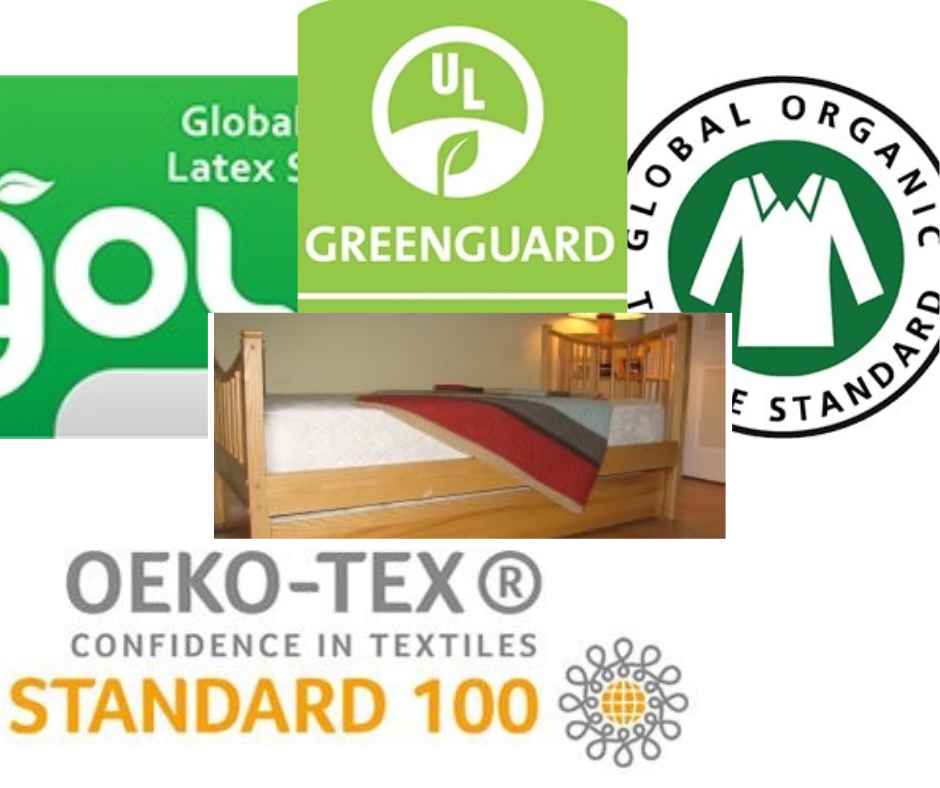
Blog
29 May Can It Be Clean?
13 May Does Your Realtor Respect Your Healthy-Home Questions?
“Green” real estate is a vague term. It is used increasingly these days to refer to multiple situations.
One of those is new construction being built to meet Leadership in Energy and Environmental Design (LEED) or another “green” certification.
But a home doesn’t have to be new or certified to be energy-efficient or have indoor-air friendly flooring, cabinetry, finishes and furnishings. And studies show that today’s homebuyers are increasingly interested in the health benefits and long-term cost savings of finding a home that is -- or has the potential to be -- people- and planet- friendly.
15 Feb Dining Chairs Don’t Have to Match Table
 Elissa’s friends had some questions when she showed them the inspiration photo she had chosen for her dining room makeover. They included: “You’re doing wallpaper, seriously?” And, “You do realize that those chairs don’t go with that table, right?”
Clearly, she recalls, her friends didn’t realize that wallpaper is back! And who says the chairs have to match the table? No designer we’ve ever heard of.
Her vision for the room was clear and there were some unchangeable requirements.
Elissa’s friends had some questions when she showed them the inspiration photo she had chosen for her dining room makeover. They included: “You’re doing wallpaper, seriously?” And, “You do realize that those chairs don’t go with that table, right?”
Clearly, she recalls, her friends didn’t realize that wallpaper is back! And who says the chairs have to match the table? No designer we’ve ever heard of.
Her vision for the room was clear and there were some unchangeable requirements.










